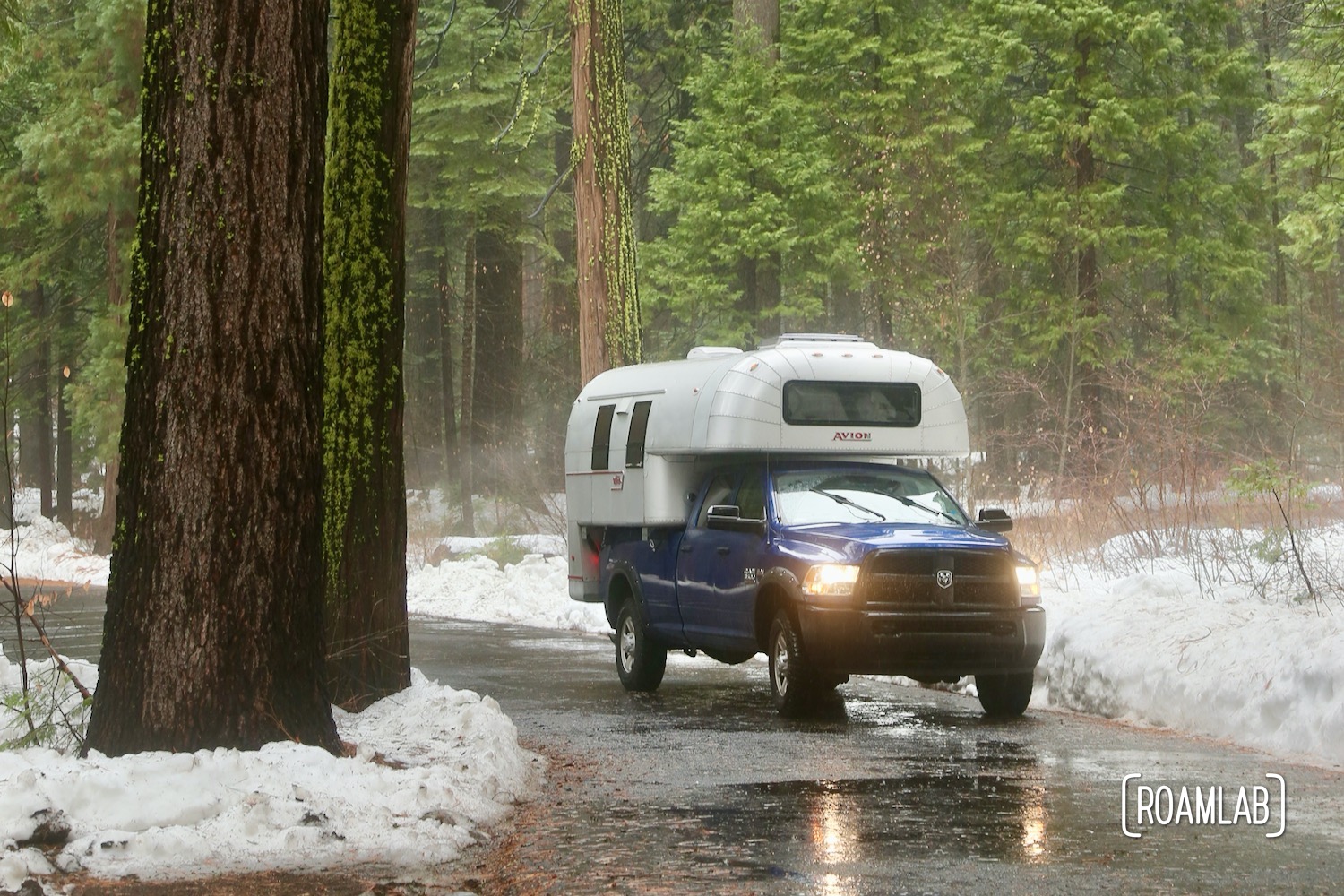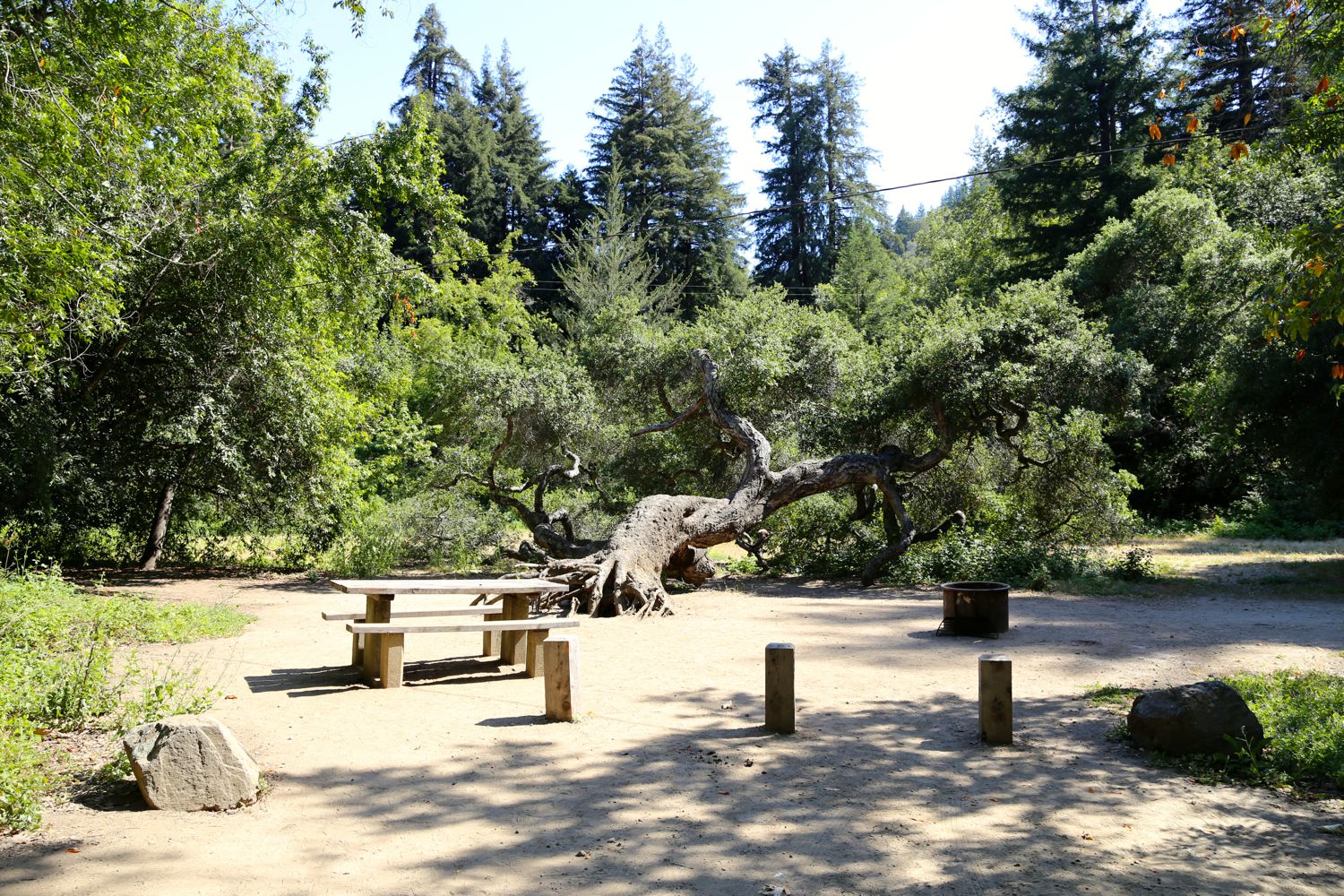
The Sierra Nevada mountains range is host to a stunning range of natural diversity. With the ocean to the west, the desert to the east, and glacial mountaintops in between, there are new surprises to be encountered with each change in ecosystem. At about 4,700 feet in elevation and just off Alpine State Highway is a collection of giants that can grow to 325 feet tall and 33 feet wide—some as old as 2,000 years. Despite a turbulent, tragic, and occasionally uncertain history, these giants are now protected for all to enjoy in the Calaveras Big Trees State Park.
There are several parks across the Golden State established to protect redwoods. The Giant sequoia of Calaveras Big Trees State Park are one of two native redwoods, along with the coastal redwood. While the coastal redwood prefers the cool misty environment of the central and northern coast, the Giant sequoia thrive along the western slope of the Sierra Nevada. Unlike most conifer forests where the acidic pine needles limit the growth of other trees nearby, the Calaveras Big Trees State Park is a mixed conifer forest. Giant sequoias share the canopy with sugar pines, incense cedars, and white fir. It is a stunning destination at every turn.


History of Calaveras Big Trees State Park
Calaveras Big Trees State Park is the longest operating tourist attraction in the state of California. But it has gone by many names, passed through many hands, and the road to its current status as a public park was a long and challenging route.
The Miwok people fished, trapped, and hunted this region of the Sierras. They established seasonable villages among the Giant sequoia, harvesting the acorns and grinding them on boulders nearby. Visitors can see indentations on some boulders in the park, the remains of generations of Miwok people preparing food.
In 1852, Augustus T. Dowd brought these big trees to a national stage after a surprising discovery while tracking a wounded grizzly bear. His attention was diverted by what became known as the “Discovery Tree,” the largest tree in the Northern Grove of modern day Calaveras Big Trees State Park. The alleged size was so great that people initially dismissed his claims as tall tails until he lead a group of other men to the site.
News spread quickly and speculators descended in search new opportunities for wealth. The first step was sadly obvious: the “Discovery Tree” was felled. Samples of the massive trunk were sent off for a world tour and the the base became a dance floor. Visitors to the park can still stand on the “Big Stump” and marvel at the sheer scale of the tree. The Discovery Tree was hardly the only fatality to early publicity. The remains of the “Mother of the Forest” still stand—a massive tree whose bark was stripped up to 116 feet, effectively killing the tree


Despite an uproar from John Muir and his community of conservationists, the land remained in private hands for decades. Land owners gave tours and built attractions, including the Mammoth Grove Hotel with ran until it was destroyed by fire in 1943. The trees fate was in particularly precarious limbo after 1900 when the Calaveras property was sold to Robert Whiteside, a lumberman. The Federal Government made many offers to buy the land and local conservationists actively campaigned for park designation. The situation was a protracted hostage standoff as Whitesides occasionally threatened to cut down the trees for lumber.
It took three decades of fundraising and campaigning for the land to be purchased and ownership transferred to the State of California in 1931. Today, this land constitutes the North Grove of the park. Thanks to the Great Depression and WWII, it took another 23 years for money to be raised to acquire the South Grove in 1954.


Visiting Calaveras Big Trees State Park
Today, Calaveras Big Trees State Park is a popular destination for camping, hiking, picnicking, fishing, and wildlife. The North and South Groves offer a wide range of hiking trails and opportunities to come in close contact with the Giant Sequoia.
Visiting in Winter
Of course, at its high elevation, access to the park is limited over the winter season. Heavy snow closes the scenic parkway and South Grove. All the same, visitors can still learn about the park at the visitors center, hike the North Grove trails, and even camp…if you have the equipment for snow camping. The snow may be cold, but our offseason visit to the park gave us an exclusive opportunity to view the trees and direct access to the rangers.










